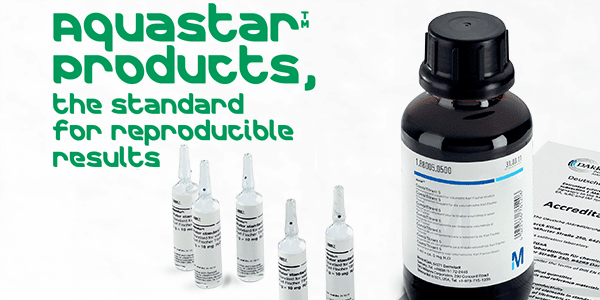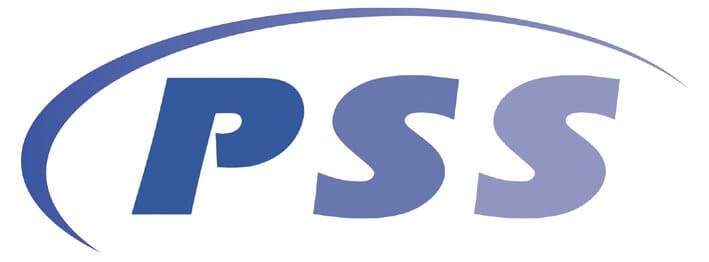Fred D. Foster1, John R. Stuff1, Jacqueline A. Whitecavage1, Edward A. Pfannkoch1, Mark Hayward2 1. GERSTEL, Inc., 701 Digital Drive, Suite J, Linthicum, MD, 21090, USA
2. ITSP Solutions, Inc., 10 South Carolina St, Hartwell, GA 30643, USA
Abstract
Solid phase extraction (SPE) is one of the sample preparation methods most widely used by chromatographers, as can be seen from the large number of SPE methods found in the literature. Typically, a liquid sample is passed across an adsorbent bed to retain and concentrate target analytes and eliminate interference from the sample matrix. Alternatively, the adsorbent can be used to retain interferences while allowing the target analytes to pass through. Manual SPE cartridge formats can vary from disks to individual cartridges with various volumes of sorbent to 96-well plates. However, solid phase extraction can be tedious and time consuming when performed manually and there is increasing demand for automation of SPE methods.
The MPS roboticpro is a highly effi cient LC or GC autosampler with extended robotic functionality. The MPS roboticpro provides reliable processing of complex tasks including automation of SPE procedures. Syringe holders and syringes are integrated in special syringe modules, which can be exchanged automatically within a running sequence for maximum flexibility. The system is controlled in a simple and effi cient manner using the proven GERSTEL MAESTRO software. In this study, we show that an existing SPE method using ITSP cartridges [1] can be automated using the MPS roboticpro autosampler under MAESTRO control. An example of a solid phase extraction method illustrating the determination of drugs of abuse in oral fluid is shown.

Introduction
Drug testing based on the analysis of oral fluid samples is increasingly used due to sample collection advantages over other biological matrices and due to the early detection window it offers compared with other approaches. The collection of oral fl uid is noninvasive and can be performed under directly observed conditions. The simplicity of collecting an oral fl uid sample also reduces the likelihood of test sample adulteration or sample swapping helping to ensure the validity of the results. Some collection devices, including the Quantisal devices [2] used within this study, have an indicator to ensure an exact volume of oral fl uid is collected. Following the collection step, the devices are subsequently placed in storage tubes containing stabilization buffer, ensuring that the sample can be shipped or stored for subsequent analysis without analyte degradation. While the buffer helps to stabilize analytes present in the oral fl uid sample, it may also cause analyte suppression effects in the LC/MS/MS analysis leading to inaccurate results. Prior to analysis, oral fl uid samples are typically extracted using SPE to eliminate possible matrix suppression effects and to ensure that the required limits of detection can be met for analytes present at low concentrations in the buffer-diluted matrix. ITSP Solutions, Inc. manufactures miniaturized SPE cartridges that are highly suitable for automation. The MPS roboticpro offers highly accurate and precise control of the fl ow rate and volume of solutions used in the SPE process to clean, pre-concentrate, and elute drugs of abuse from oral fl uid samples prior to analysis. An existing manual SPE method using ITSP cartridges was automated using the MPS roboticpro. Data obtained through this study demonstrate the successful coupling of the MPS roboticpro to an Agilent 6470 LC/MS/MS system providing a completely automated solution for the extraction and analysis of drugs of abuse in oral fl uid samples.





